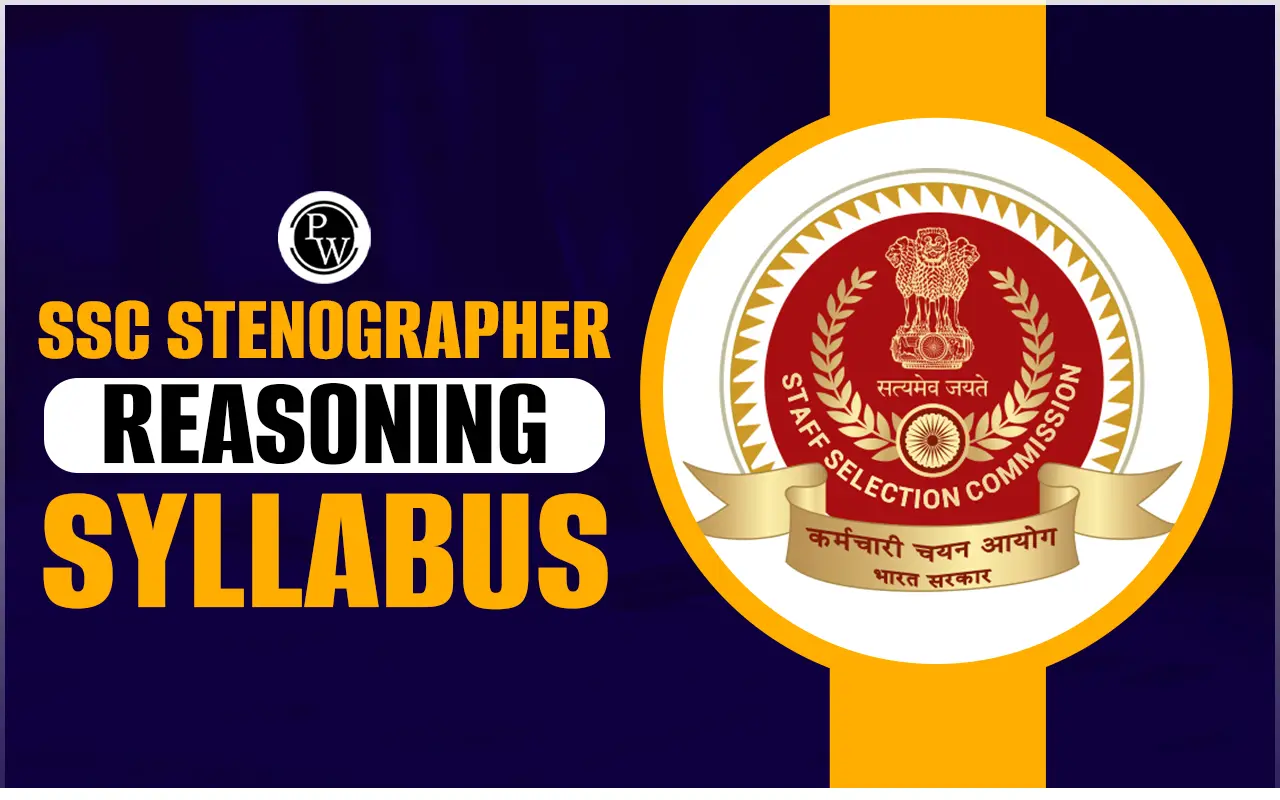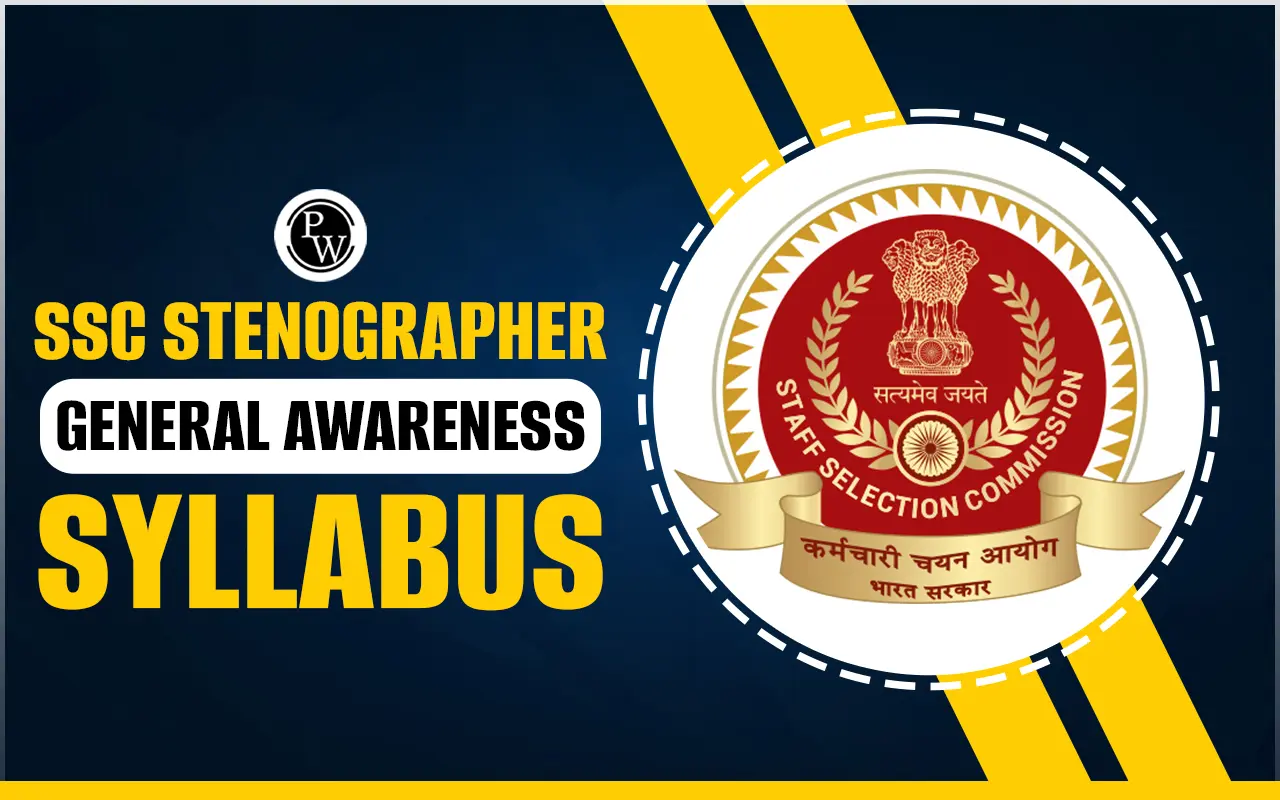
PM Jan Dhan Yojana: Pradhan Mantri Jan Dhan Yojana (PMJDY) is a financial inclusion initiative launched by the Government of India on 28th August 2014. Aimed at providing access to financial services to the unbanked population, PMJDY has been instrumental in bringing millions of people into the formal banking system. This article looks into the various aspects of PM Jan Dhan Yojana, its objectives, features, implementation, impact, and challenges.
PM Jan Dhan Yojana
Pradhan Mantri Jan Dhan Yojana (PMJDY), translated as Prime Minister's Public Finance Scheme, is a Government of India initiative aimed at promoting financial inclusion among Indian citizens. Launched by Prime Minister Narendra Modi on 28 August 2014, it offers affordable access to banking services like accounts, remittances, credit, insurance, and pensions. Administered by the Department of Financial Services, Ministry of Finance, the scheme witnessed a record-breaking 15 million bank accounts opened on its inauguration day. By 27 June 2018, over 318 million bank accounts were opened, with deposits exceeding ₹792 billion (US$12 billion). Check more about Government Schemes in India here.Objectives of PM Jan Dhan Yojana
1. Financial Inclusion: The primary objective of PMJDY is to ensure comprehensive financial inclusion by providing banking services to every household in India, particularly targeting the unbanked and underbanked segments of society.
2. Access to Basic Financial Services: PMJDY aims to provide access to basic financial services such as savings accounts, remittance facilities, credit facilities, insurance, and pension schemes to all individuals, especially those from marginalized and economically weaker sections.
3. Direct Benefit Transfer (DBT): The scheme facilitates Direct Benefit Transfer (DBT) of government subsidies, welfare payments, and other benefits directly into the bank accounts of beneficiaries, eliminating leakages and ensuring transparency.
4. Promoting Financial Literacy: PMJDY emphasizes promoting financial literacy and awareness among account holders to empower them with knowledge about various banking products, services, and benefits.
Features of PM Jan Dhan Yojana
1. No Frills Accounts: PMJDY offers 'no-frills' accounts with zero minimum balance requirements, making banking accessible to individuals from all socio-economic backgrounds.
2. RuPay Debit Card: Every PMJDY account holder is provided with a RuPay debit card, enabling them to make cashless transactions, withdraw money, and avail of various banking services.
3. Overdraft Facility: PMJDY accounts come with an overdraft facility of up to Rs. 10,000 for eligible account holders, providing them with financial security during emergencies.
4. Life and Accident Insurance: Account holders are entitled to life insurance coverage of Rs. 30,000 and accidental insurance coverage of Rs. 2 lakhs, providing them with financial protection and security.
Implementation of PM Jan Dhan Yojana
1. Extensive Outreach Campaigns: The government, in collaboration with banks and other stakeholders, conducted extensive outreach campaigns to create awareness about PMJDY and encourage people to open bank accounts.
2. Simplified Account Opening Process: The account opening process for PMJDY is simplified, with minimal documentation requirements and doorstep banking facilities, ensuring ease of access for account holders.
3. Aadhaar Integration: Aadhaar integration facilitated seamless account opening and authentication processes, enabling quick verification of account holders' identities and addresses.
4. Linkage with DBT: PMJDY accounts are linked with various government schemes and welfare programs, facilitating the direct transfer of subsidies, pensions, scholarships, and other benefits to beneficiaries' bank accounts.
Impact of PM Jan Dhan Yojana
1. Financial Inclusion: PMJDY has significantly contributed to increasing financial inclusion in India, with millions of previously unbanked individuals now having access to formal banking services.
2. DBT Efficiency: The scheme has enhanced the efficiency and transparency of government welfare programs by enabling direct benefit transfers into bank accounts, reducing leakages and corruption.
3. Savings Mobilization: PMJDY has promoted a culture of savings among account holders, encouraging them to deposit money in their accounts and avail of various banking facilities.
4. Access to Credit: The overdraft facility provided under PMJDY has empowered account holders with access to credit, enabling them to meet their financial needs and emergencies without resorting to informal sources of borrowing.
PM Jan Dhan Yojana Challenges and Way Forward
1. Low Utilization of Accounts: One of the challenges faced by PMJDY is the low utilization of accounts, with many account holders maintaining zero or low balances and not actively using banking services.
2. Financial Literacy: Promoting financial literacy and awareness remains a crucial aspect of PMJDY to ensure that account holders understand the benefits of banking and utilize their accounts effectively.
3. Last-Mile Connectivity: Improving last-mile connectivity and banking infrastructure in remote and rural areas is essential to reach the last mile and ensure comprehensive financial inclusion.
4. Monitoring and Evaluation: Continuous monitoring and evaluation of PMJDY are necessary to assess its impact, identify challenges, and implement corrective measures to enhance its effectiveness.
Pradhan Mantri Jan Dhan Yojana has emerged as a transformative initiative towards achieving financial inclusion and empowering the unbanked population of India. With its focus on providing basic financial services, promoting savings habits, and facilitating direct benefit transfers, PMJDY has the potential to drive inclusive growth and socio-economic development across the country. However, addressing challenges such as low utilization of accounts, enhancing financial literacy, and improving last-mile connectivity is important for realizing the full potential of PMJDY and ensuring inclusive and sustainable development for all. To succeed in upcoming exams, candidates should consider exploring PW SSC Books We provide high-quality content at an affordable price, including sample papers, mock tests, guidance sessions, and more to ensure aspirants secure their selection. Also, enroll today on SSC Online Coaching to turn your dreams into reality.PM Jan Dhan Yojana FAQs
What is PM Jan Dhan Yojana?
When was PM Jan Dhan Yojana launched?
Who is eligible for PM Jan Dhan Yojana?
What is the main goal of PM Jan Dhan Yojana?










